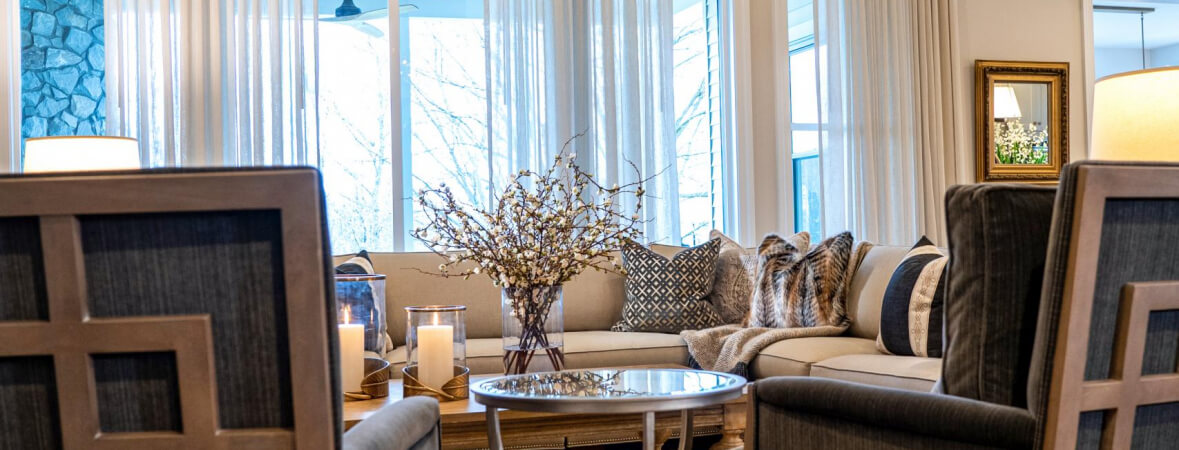Technology advancements and a greater focus on sustainability have made it easier to find sustainable materials and other eco-friendly options. Here are some popular trends in eco-friendly design if you are interested in sustainable materials.
1. Choose sustainable and recycled materials
The most eco-friendly design trend is to use sustainable materials or recycled options. Cork and bamboo are two eco-friendly flooring options. They can sometimes be recycled or repurposed. These materials can be used as furniture, decor and even wall options.
You can even recycle pallet boards and have them sealed to be used as bathroom walls. This trend doesn’t only apply to wood and related products; it can also be applied to metals and fabrics.
Many metals are great choices for countertops, fixtures, or railings. For area rugs, wool, hemp and sisal are great choices. They are strong, resistant to shedding and trap fewer allergens than rugs.
Bioglass and bioplastics are two other sustainable options that focus on recycled materials. These are strong materials that can repurpose old glass or plastic to make something new. These materials are often used as flooring, walls, or sinks.
2. Include Greenery
The best way to bring nature into your home is to plant some plants. There are many ways to decorate your home with houseplants. You can make any plant work and enhance the feel and look of the room.
The most popular interior design trend is still plants. They are also a top choice for eco-friendly design. Plants can add texture to walls by hanging or wall-mounting them, and they create a more relaxed atmosphere. This trend also includes greenery that goes beyond the decorative.
Indoor gardens and decorative houseplants are very popular. This trend also includes greenery that you can use in your kitchen, whether it be herbs, spices, vegetables or other plants. This is why herbs make great houseplants.
3. Maximalism: Take cues from it
Although minimalism is still a popular choice in many ways, it is slowly giving way to a more minimalist look and feel. Minimalism is often regarded as clutter-free and minimalist, but it really means everything serves a purpose. This trait is shared with maximalism.
Although maximalism can sometimes lead to a messy look, this is not a common mistake when decorating with it. Maximalism is all about mixing and matching styles to complement one another, layering styles and making sure everything in the room fits together.
Make the most of what you have
This can lead to a fresh look at your existing items if you keep sustainability in mind. You don’t have to throw away things because of superficial damage. Instead, you can reuse and modify items to give them a new look. An old chair can be reupholstered or refreshed with a minimalist approach.
4. Natural Light:
Natural light is another eco-friendly design trend. Skylights, large picture windows, window placements and other features can help you get more natural light into your home. You can make your lighting more eco-friendly and energy-efficient by using eco-friendly LED lamps in your other lighting.

